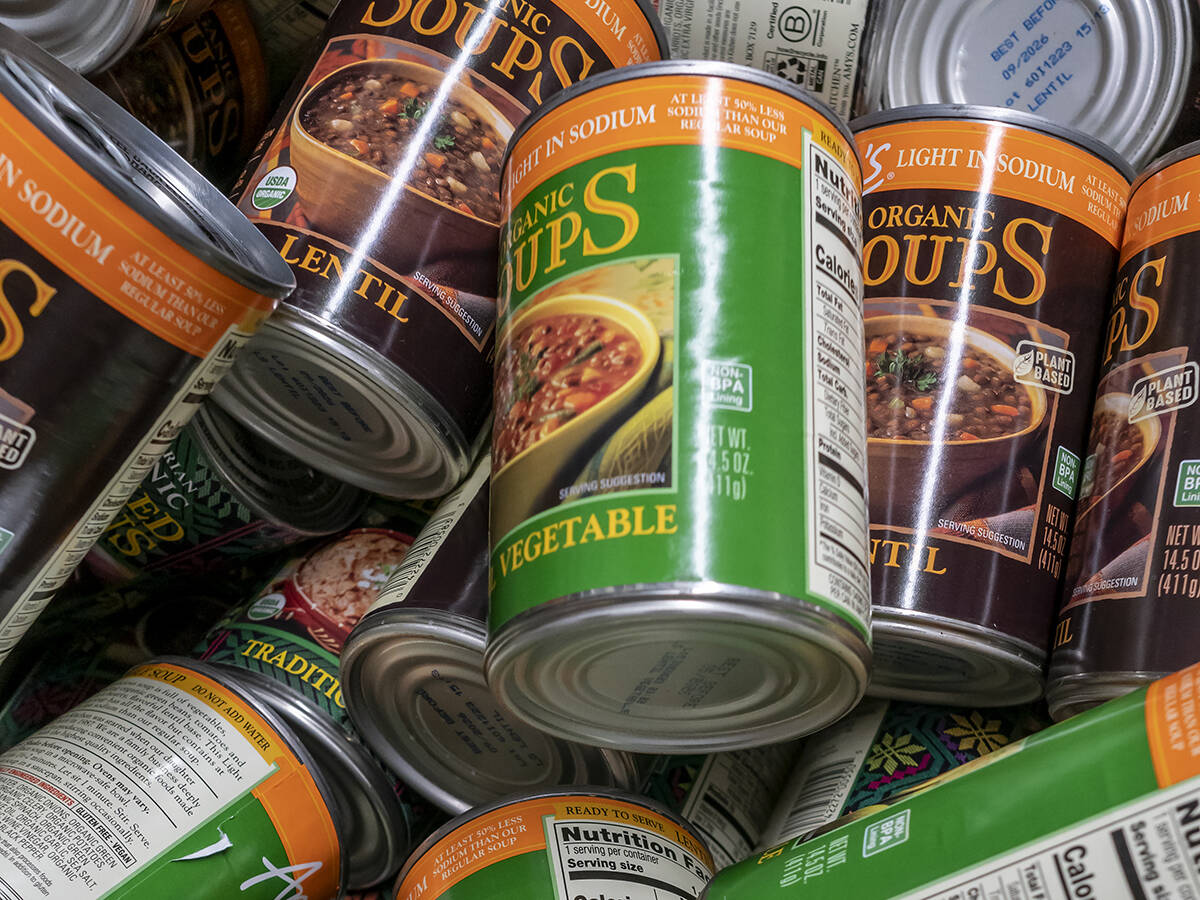Understand guilt feelings
Guilt is a warning. It tells us we may have done something against others, against our values or principles or even against ourselves. But unless you can accurately distinguish between false or phony guilt and real feelings of guilt, you can get into serious difficulty.
Guilt can be used against other people. If you can encourage someone else to feel guilty about what they did or didn’t do for you, you can control them. By playing on their guilt, you can keep them focused on doing whatever you want them to.
Read Also

Sustainable food has ‘lost all meaning’: prof
That marketing strategy is deader than a doornail, says a University of Guelph professor who specializes in consumer preferences and perceptions of agriculture and food.
Using their guilt in this way is blackmail. But because it often works, you will likely tend to use it again and again. After all, why give up a good thing?
Guilt is often a false guilt. A person didn’t really do anything wrong, but they feel they did, and that is all that is needed to entrap them. Guilt is the glue that keeps us focused on trying to meet the needs of others, trying to work our way out of the guilt, but usually not getting anywhere.
The only way to cope with false guilt is to challenge it. If you made a mistake, you made a mistake. You can’t always anticipate everyone’s needs.
The only way to cope with real guilt, those times when you realize your selfishness, inconsiderateness, your rage, your meanness or your disregard for others caused pain and hurt to other people, is to be honest with yourself and with those you hurt. Admit to your bad behavior completely. Inside yourself, not just superficially, come to terms with your intentions and actions.
Then, if the other party is willing, make amends for your actions. Negotiate with them how you can show your remorse in doing or saying something concrete, not just a passing and meaningless “I’m sorry.”














